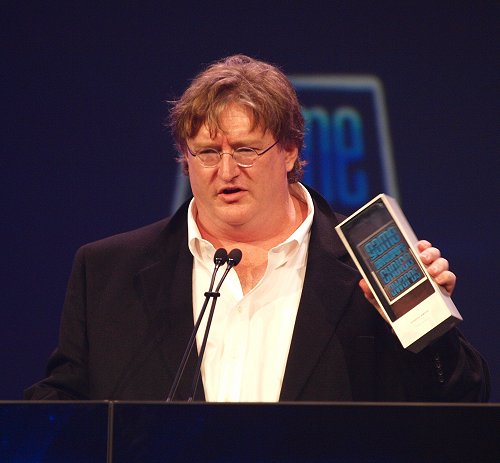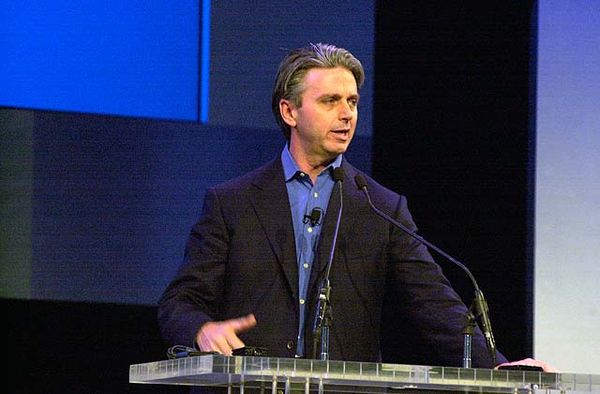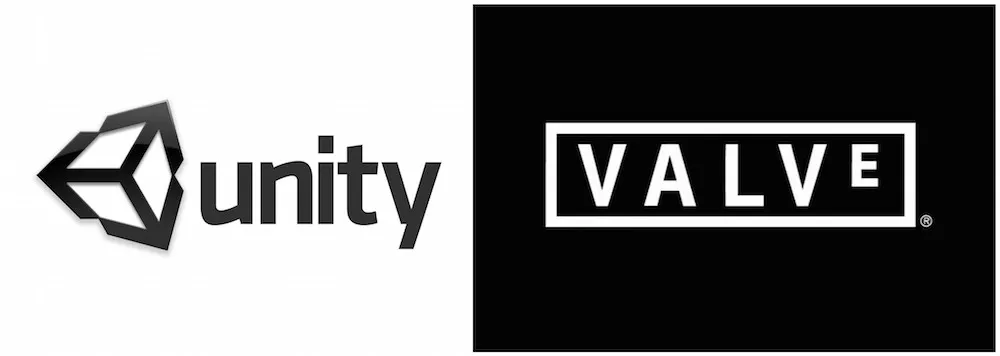“I finally get to have my Oprah moment,” said Gabe Newell, co-founder of Valve, in a pre-recorded message at the Unity Vision Summit this morning. He then proceeded to announce that every developer at the show would be getting a free Vive. And that’s just the beginning.
Valve and Unity are joining forces. The two companies announced on Wednesday that they will be merging elements of their respective SteamVR and Unity platforms. Through this collaboration, SteamVR will now offer native support for Unity on its platform. And Valve developed an advanced rendering plugin that should help to increase the fidelity and functionality of VR experiences built using Unity.
In a prepared statement, Newell explained that his interest in this partnership came from personal experience developing VR concepts in Unity’s engine.
“We made many of our Vive demos using Unity, and continue to use it today in VR development,” Newell is quoted as saying. “Through that process, and in working with VR developers, we found some opportunities to make Unity even more robust and powerful for us and really want to share those benefits with all VR content creators.”

SteamVR was previously made available on Unity via a downloadable plugin. It is important to note that this plugin, and the newly announced SteamVR native support, should not be seen as a platform exclusive decision on the hardware front with Valve and HTC’s upcoming Vive headset.
SteamVR is a broader term that encompasses more than just the hardware goals of the Vive. It is built-in functionality within Valve’s Steam digital distribution platform. SteamVR supports other headsets besides the Vive, including major rival Oculus Rift. According to the description for the previous SteamVR plugin within Unity:
“The SteamVR SDK allows developers to target a single interface that will work with all major virtual reality headsets from seated to room scale experiences. Additionally, it provides access to tracked controllers, chaperoning, render models for tracked devices, and includes examples for using Unity’s various UI systems in VR.”
Valve is generally careful to keep its software and hardware goals separate. This is the case for their Steam distribution platform and the “Steambox” initiative. Part of Valve’s business model is keeping ideas as open-ended as possible and partnering with third-party companies on the hardware side. As a company, Valve doesn’t seem terribly interested in facilitating any sort of “console war” with Oculus and the openness to allow a rival headset to benefit from this Unity partnership is evidence of that. For its part, Oculus partnered with both Unity and Unreal for VR integration early on with both Rift and Gear VR.
Unity’s CEO John Riccitiello also embraces the same developer-first spirit for this partnership.
“Valve and Unity are both dedicated to creating the highest quality VR experiences possible,” Riccitiello said in a prepared statement. “That means giving developers every possible chance to succeed, and our collaboration with Valve is designed to do just that.”

Valve will have a presence at this week’s Unity Vision Summit in Los Angeles and Newell himself will be delivering part of the keynote. We will be covering all the news at the Summit as it breaks from the show floor.





























